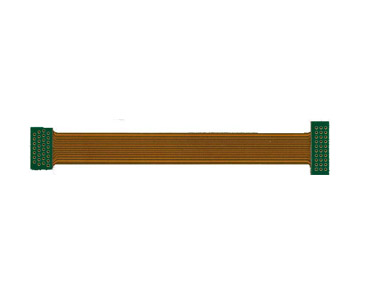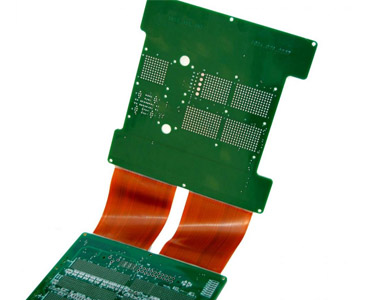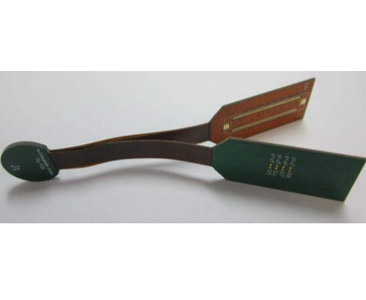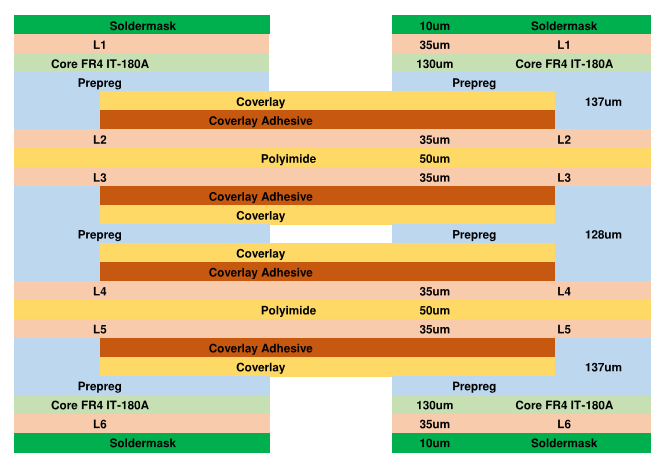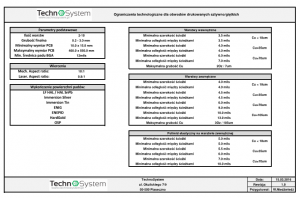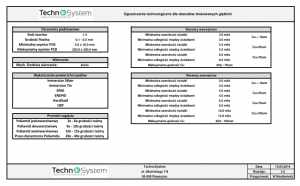Flexible (Flex) and rigid-flexible circuits (Rigid / Flex) have recently become popular. This type of printed circuitry brings many benefits. The basic ones are:
- no need to connect several printed circuits with connectors, cables and wires
- the possibility of connecting and making two or three printed circuits in one technological process
- chance to minimize the dimensions of printed circuits
- the ability to test all application components in one process
- the possibility of assembling electronic components in one technological process instead of two or three.
DProduction documentation of flexible and rigid-flexible circuits is created according to the same principles as rigid circuits. However, additional technological limitations resulting from the production process should be taken into account.
The long-term reliability of the printed circuit depends largely on the design of the distribution of layers in the PCB cross-section. Especially in the case of multilayer rigid / flexible laminates, symmetrical constructions are recommended in which the polymidic elastic layers are stacked up in the middle.
Sample stack-up for a rigid / flexible printed circuit:
- final laminate thickness 1.0
- Cu thickness on all 35um layers
- 6 Cu layers in the rigid part
- 4 Cu layers in the flexible part
There is not recommended the stack-up construction, where the elastic band is glued to the outer layers of the rigid part. Such a solution does not ensure the long-term reliability of the printed circuit, especially when the flexible-flexible elements are working dynamically. When designing rigid-flexible circuits, it should be additionally taken into account that:
– the suggested length of the elastic part depends on the bending radius and is calculated according to two models:
- • for polyamide with double-sided Cu layer, the minimum recommended length of the elastic part is 12 x the thickness of the tape, the width of the tape is 20 x the thickness of the tape
- • for a polymide with a one-sided Cu layer, the minimum recommended length of the elastic part is 6 x the thickness of the strip, it is scanned 10 x the thickness of the tape
– the minimum recommended distance of the SMD component from the joining edge of the rigid and flexible part should be 1.0mm
– the minimum recommended distance of the metallized hole from the joining edge of the rigid and flexible part should be 0.5mm


